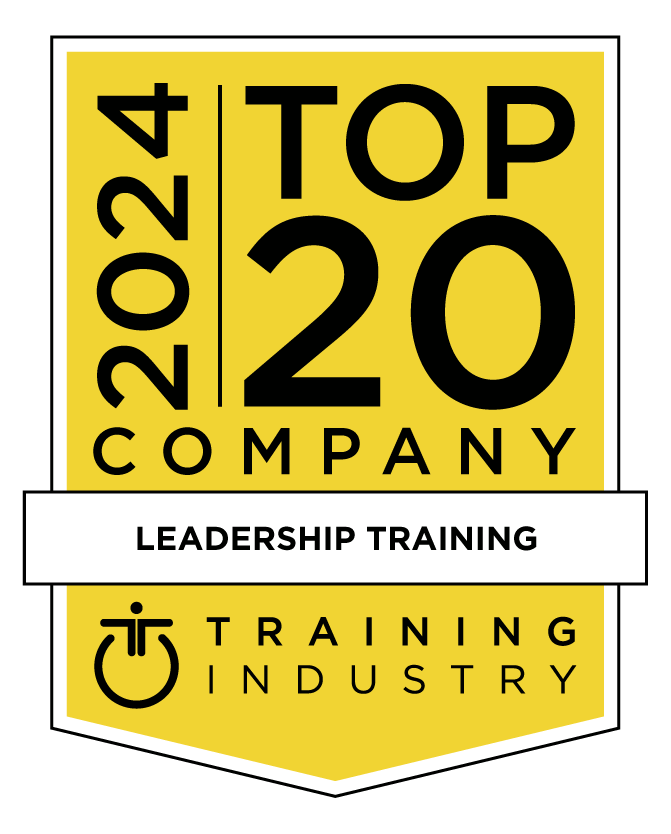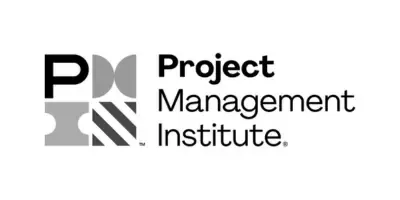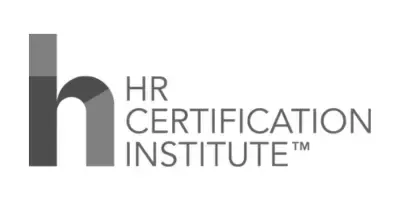Setting Meaningful Goals and Metrics in Leadership Development
Once strategic priorities have been identified, the success of any leadership development program hinges on setting clear, measurable goals and establishing robust evaluation metrics. Grounded in proven frameworks and best practices, this approach ensures accountability, tracks progress, and ultimately ties leadership training to business impact.
Why Metrics Matter in Leadership Development Programs
In today’s data-driven world, leadership development programs are expected to deliver quantifiable results. Without clear goals and measurement tools, it becomes difficult to determine whether your investment in leadership training is generating real value.
According to Harvard Business Publishing, successful leadership development initiatives are built around metrics that span three core domains:
1. Learner Experience – engagement, satisfaction, and skill absorption
2. Workplace Behavior – application of new competencies on the job
3. Business Impact – measurable improvements in KPIs such as productivity, customer satisfaction, or profitability
By aligning these metrics with program goals, organizations can drive better decision-making and continuously optimize leadership initiatives.
Setting SMART Goals for Leadership Development
The SMART goal framework (Specific, Measurable, Achievable, Relevant, Time-bound) is widely adopted to ensure clarity and precision in leadership training objectives.
Examples of SMART Goals in Leadership Development:
· Increase manager-to-team communication frequency by 30% within 3 months
· Achieve 90% learner satisfaction rating in post-program evaluations
· Improve employee engagement scores by 15% across trained teams within 6 months
SMART goals help both participants and program sponsors stay aligned and focused on outcomes that matter. They also enable meaningful comparisons across cohorts and time periods.
Learn how Crestcom’s Leadership Training Series leverages SMART goal-setting to deliver customized learning outcomes for emerging and experienced leaders alike.
Identifying Key Metrics That Reflect Real-World Impact
Measuring leadership development program success requires choosing metrics that are relevant, accessible, and meaningful to your organization. Consider the following categories:
Learner Experience Metrics:
· Participation rates
· Session completion statistics
· Learner satisfaction survey scores
· Knowledge assessments
Behavioral Metrics:
· Peer or 360-degree feedback on leadership behaviors
· Change in decision-making effectiveness
· Increased cross-functional collaboration
· Manager feedback on team dynamics
Business Metrics:
· Revenue growth tied to leadership-led initiatives
· Retention improvements in trained departments
· Reduction in project delivery time
· Employee engagement or NPS score increases
Integrating both qualitative and quantitative data ensures a holistic view of program performance.
Discover how LEADR for Life leadership training supports continuous leadership improvement with data-driven assessments and real-time feedback tools.
Building a Measurement Strategy That Works
Measuring the success of a leadership development program isn’t a one-time event. It requires a strategy that begins before the training starts and extends well beyond its conclusion.
Key Steps in a Measurement Strategy:
1. Baseline Assessments: Begin with a pre-program survey or skills audit to determine starting competencies.
2. Progress Tracking: Use check-ins, coaching logs, and pulse surveys during the program to monitor change.
3. Post-Program Evaluation: Collect both subjective and objective data to evaluate success against SMART goals.
4. Long-Term Follow-up: Assess impact at 3-, 6-, and 12-month intervals to gauge sustained behavior change and business outcomes.
The feedback loop should include all stakeholders—participants, managers, program sponsors, and facilitators—to ensure a comprehensive review of impact and opportunities for continuous improvement.
See how Crestcom’s Leadership Training Programs incorporate pre- and post-training evaluations to ensure measurable and repeatable success.
Aligning Leadership Metrics with Organizational Strategy
To generate executive buy-in and sustained investment, it’s important to connect leadership development metrics to broader strategic goals.
Whether you’re focusing on digital transformation, customer centricity, or operational excellence, ensure that:
· KPIs align with leadership responsibilities
· Outcomes are communicated in business terms
· Success stories are shared across the organization
When leadership metrics mirror strategic priorities, they reinforce the relevance of the training and elevate its status as a business-critical initiative.
Explore how the Crestcom Strategy Program for Top-Level Executives helps align leadership competencies with high-level business imperatives.
Conclusion: From Training to Transformation
Setting meaningful goals and tracking the right metrics is the bridge between leadership development and tangible business value. Without it, training becomes an isolated event. With it, leadership becomes a strategic advantage.
By incorporating SMART goals, selecting relevant metrics, and embedding a strong measurement framework, organizations can ensure their leadership development programs are built to deliver real-world results.
Crestcom’s leadership training solutions are designed with measurable impact at the core. Whether you’re launching a new program or optimizing an existing one, we can help you define success and achieve it.
Interested in a free Leadership Skills Workshop with your team?
- Address instantly fixable issues that impact customer perceptions and employee morale.
- Learn and practice a habit that will raise employee performance.
- Set actions with specific and measurable steps that they'll gladly be accountable to achieve.











